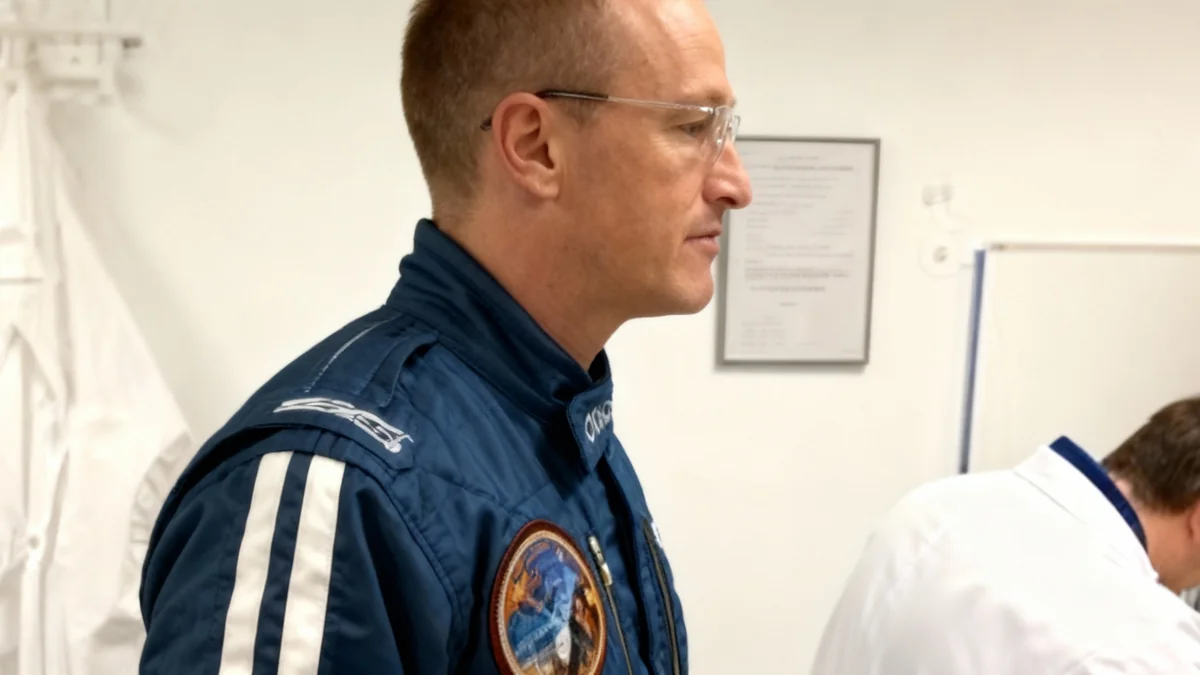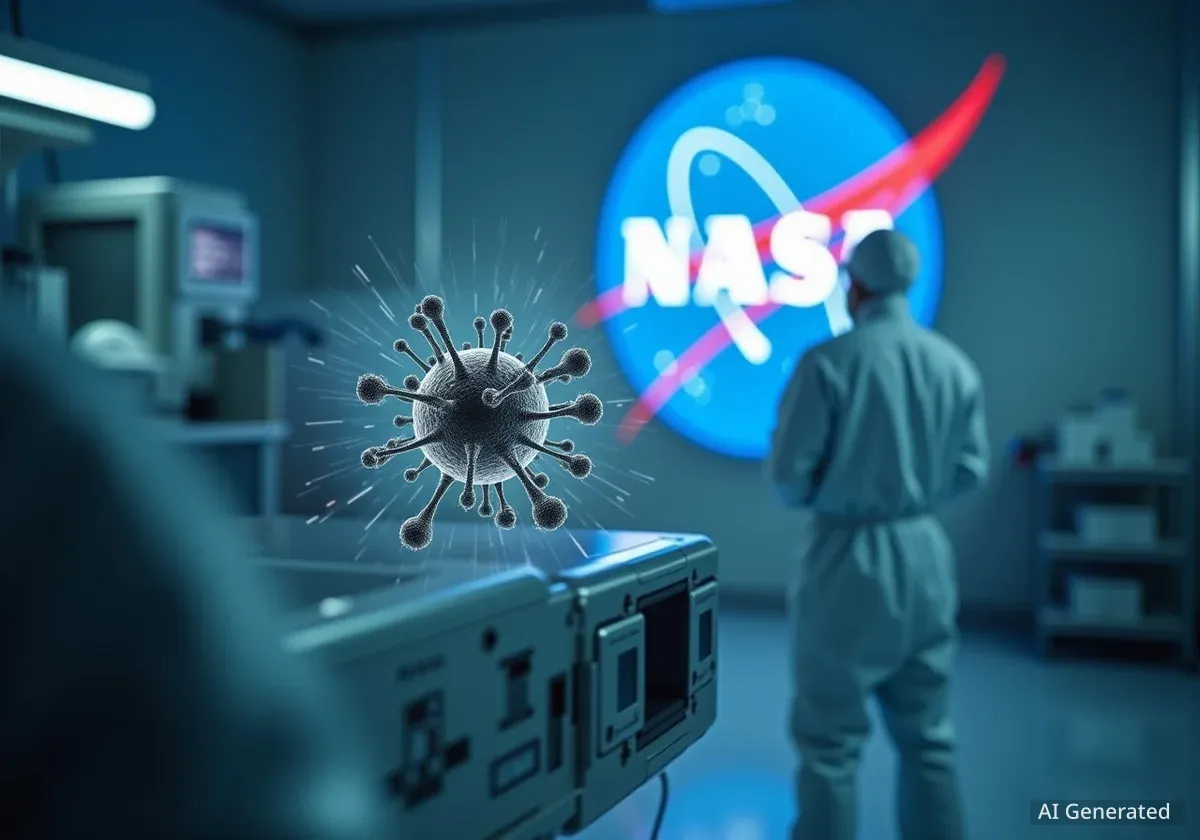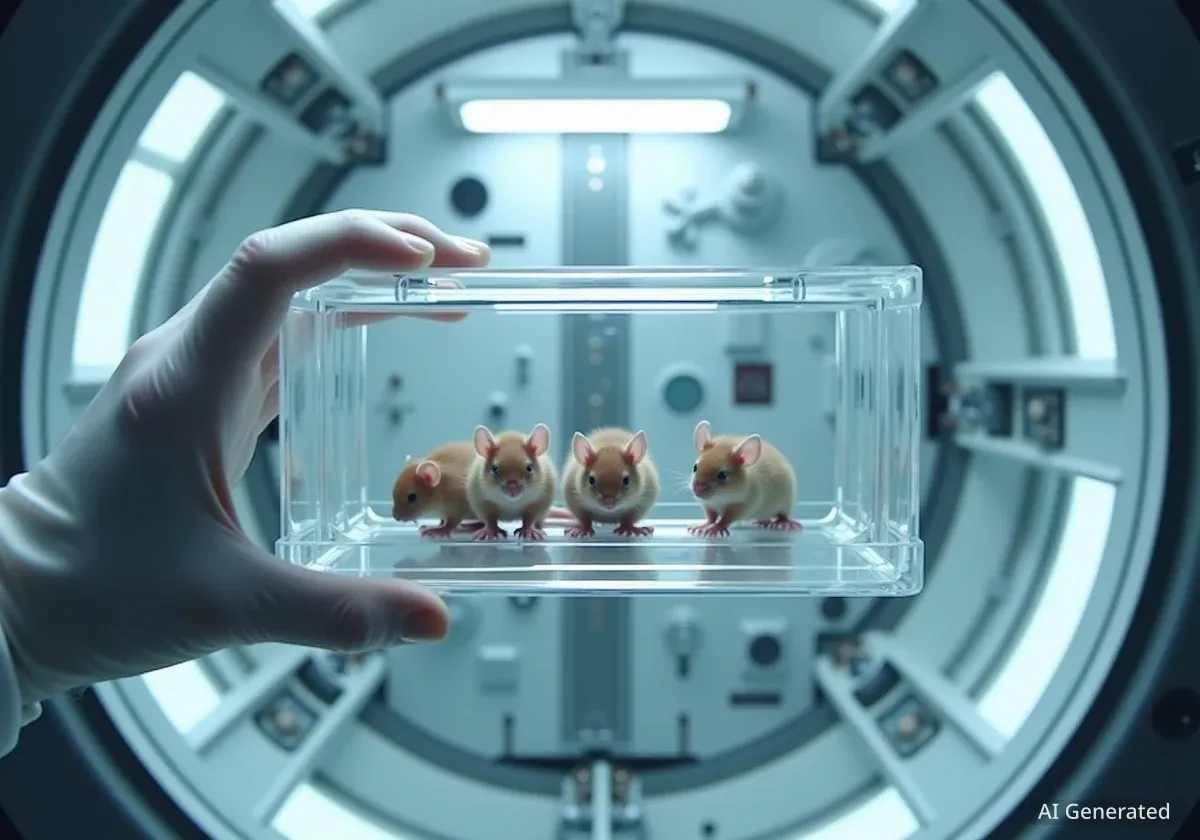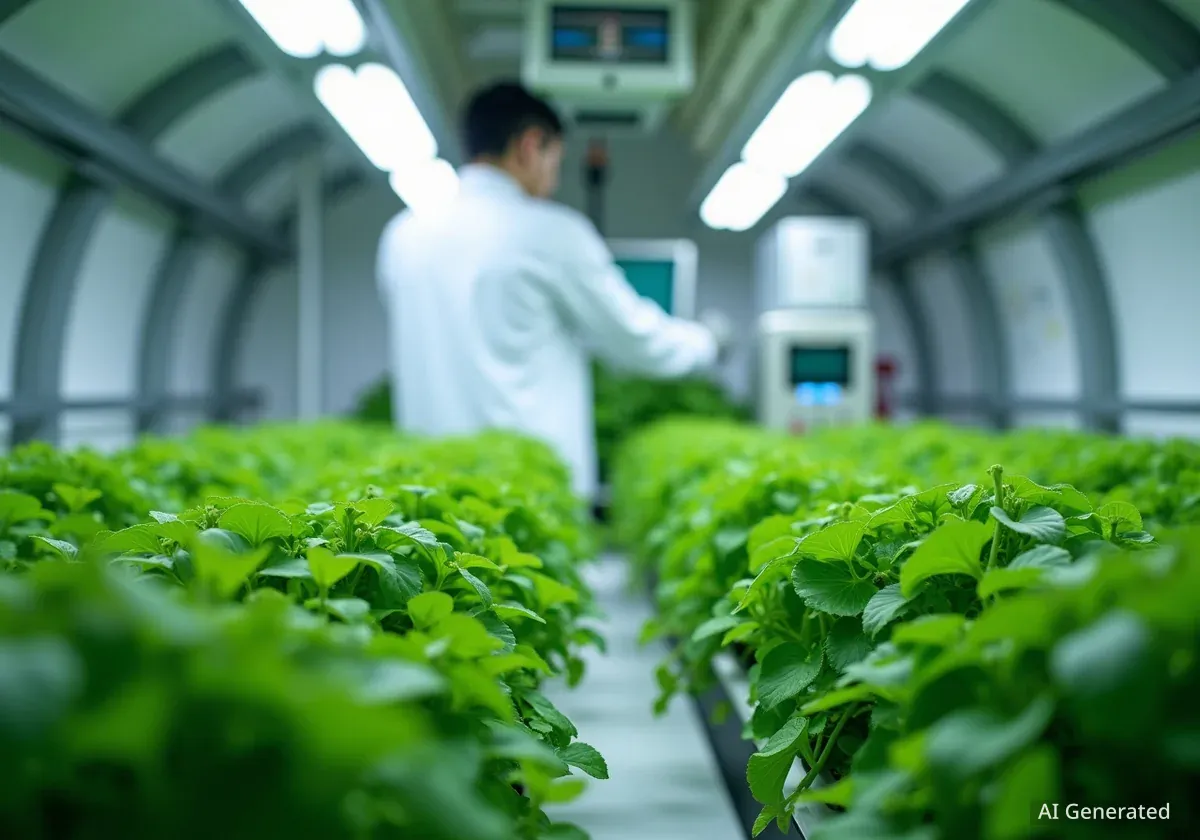As NASA's Artemis program prepares to send humans back to the Moon and eventually to Mars, scientists are confronting the extreme biological challenges of long-duration spaceflight. A mission to Mars, lasting approximately three years, will expose astronauts to an environment far more hostile than anything previously experienced, pushing the human body to its physiological breaking point.
This unprecedented journey serves as a unique living laboratory, forcing researchers to understand how our bodies, evolved for Earth's gravity and protection, adapt—or fail—in the vacuum of space. The findings are not just crucial for future explorers; they are driving significant medical advancements back on Earth.
Key Takeaways
- A round-trip mission to Mars will last about three years, exposing astronauts to prolonged radiation, weightlessness, and isolation.
- In microgravity, astronauts can lose 1% to 1.5% of their bone mass each month, providing a model for accelerated aging and osteoporosis research.
- Studying how cosmic radiation damages astronaut DNA is helping to refine cancer radiotherapy treatments on Earth.
- Future astronauts will use "digital twins"—virtual models of their bodies—to predict and mitigate health risks in real time.
The Unforgiving Frontier of Space
Space is an environment fundamentally incompatible with human life. Outside the protection of a spacecraft or spacesuit, a person would face a vacuum, lethal radiation, and violent temperature swings. Our physiology is finely tuned to the specific conditions of Earth: one gravity, a protective atmosphere, and a stable ecosystem.
Scientists are mapping what they call the "space exposome," which includes every stressor an astronaut faces. These are not isolated problems. The combined effects of weightlessness, radiation, confinement, and disrupted sleep cycles create a complex cascade of physiological changes.
This interconnected response is known as the "space integrome." It describes how every system in the body communicates and reacts to the extreme environment. For example, when bones lose density in zero gravity, the kidneys must work harder to process the excess calcium. When fluids shift towards the head, it increases pressure in the brain, which can affect vision and cognitive function.
The Battle Against Physical Decay
One of the most well-known challenges of spaceflight is the effect of microgravity on the musculoskeletal system. Without the constant pull of gravity, bones and muscles begin to weaken.
Astronauts can lose bone mass at a rate of 1% to 1.5% per month in space, a condition similar to accelerated osteoporosis. Muscles also atrophy quickly without the need to support body weight. To combat this, crew members on the International Space Station (ISS) dedicate over two hours each day to rigorous exercise.
Accelerated Aging Model
The rapid bone and muscle loss experienced by astronauts in space serves as an invaluable model for studying age-related decline on Earth, helping scientists develop treatments for osteoporosis and frailty in the elderly.
These "countermeasures" include intensive resistance training and sessions in a device that creates lower-body negative pressure, which helps draw blood back down to the legs to mimic the effects of gravity and maintain circulatory health. A carefully controlled diet is also essential to stabilize metabolism and provide necessary nutrients.
The Invisible Danger of Radiation
While bone and muscle loss can be partially mitigated, radiation remains a more persistent threat. Earth's magnetic field and atmosphere shield us from the vast majority of harmful space radiation. In deep space, astronauts are exposed to a constant barrage of galactic cosmic rays.
These high-energy particles can slice through cells and damage DNA in ways that our bodies are not equipped to repair. This exposure significantly increases the long-term risk of developing cancer.
"Galactic cosmic rays, made up of high-energy protons and heavy ions, slice through cells and fracture DNA in ways that biology on Earth was never built to repair."
However, studying this damage has an important terrestrial benefit. By analyzing radiation biomarkers—the molecular signals that indicate cellular response to radiation—scientists are improving cancer treatments. The same markers used to assess astronaut health are now being used to personalize radiotherapy doses for cancer patients, maximizing the destruction of tumor cells while minimizing damage to healthy tissue. Research into DNA repair mechanisms in astronauts is also inspiring new drugs to protect patients during treatment.
A Whole-Body Problem
The human body in space functions as a single, interconnected system where a change in one area triggers reactions elsewhere. A prime example is Spaceflight-Associated Neuro-ocular Syndrome (SANS).
In weightlessness, bodily fluids shift upward toward the head, increasing pressure inside the skull. This can cause the back of the eyeball to flatten and the optic nerve to swell, sometimes leading to changes in vision. Studying SANS provides critical insights into conditions like intracranial hypertension on Earth, where pressure builds in the brain for unknown reasons.
The Spacesuit: A Personal Biosphere
An astronaut's spacesuit is more than just clothing; it is a miniature, wearable spacecraft. Its layers of Mylar, Kevlar, and Dacron provide protection from the vacuum, radiation, and extreme temperatures. The suit maintains just enough internal pressure to prevent bodily fluids from boiling while allowing enough flexibility for the astronaut to work.
The psychological stress of a three-year mission is another major factor. The isolation and confinement of a long journey to Mars can impact mental health, which in turn affects the immune system through the release of stress hormones. Lessons learned from astronaut resilience training have already been applied to help people cope with confinement, notably during the global lockdowns of the COVID-19 pandemic.
The Future: Digital Twins and Personalized Medicine
The next generation of space exploration will rely heavily on technology to monitor and protect astronaut health. Researchers are developing "digital twins"—highly sophisticated virtual models of individual astronauts.
These digital counterparts will be fed real-time data from tiny sensors worn by the astronauts, tracking everything from heart rate and brain activity to chemical changes in the blood. This will allow mission control and the astronauts themselves to:
- Simulate how their bodies will react to specific stressors like a solar flare.
- Identify health risks before they become serious problems.
- Adjust exercise routines, nutrition, and even the spacecraft environment to keep their bodies in balance.
Ultimately, the journey to Mars is a test of human biology as much as it is a test of technology. Every lesson learned from studying the body's response to space helps us not only to explore farther but also to live healthier lives on our own planet. The research is transforming our understanding of aging, disease, and the remarkable adaptability of the human body.





